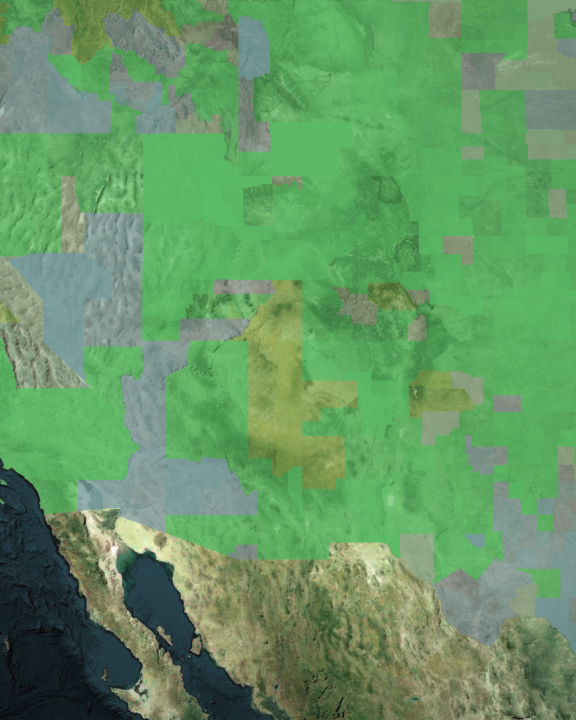Featured
Dynamic, intelligent infrastructure
Infrastructure isn't fixed; it's dynamic, intelligent, and even emergent.

UPCOMING EVENT
The Esri International Infrastructure Management & GIS Conference, to be held April 8–10, 2024, brings users from interconnected industries together in Frankfurt, Germany, to uncover new insights and learn from peers around the world. This event creates a rich and valuable learning environment for organizations to move their location intelligence forward with GIS.
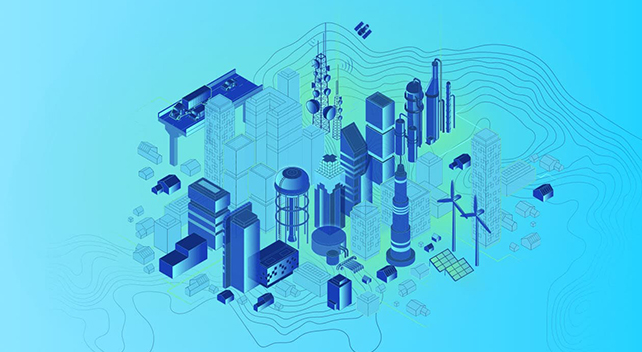
Sustainable infrastructure ensures that the needs of modern society and its infrastructure are met while factoring in economic, social, and environmental needs. GIS is essential in managing the infrastructure life cycle in a sustainable manner—including planned, designed, constructed, operated, and decommissioned states. Location intelligence supports the social, economic, and environmental processes required to maintain human equity, resilience, and the health of natural systems.
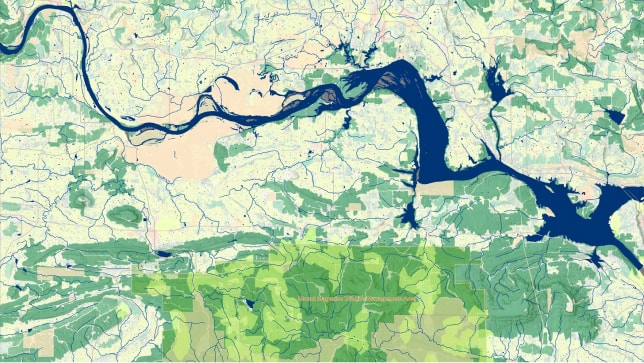
Equitable infrastructure investments support social, economic, and environmental well-being. Once organizations have acknowledged the diverse historical, social, and cultural needs of a community, leaders can use GIS-based maps and analysis to factor them into decision-making. GIS provides data and insights on communities to help decision-makers ensure that the services and resources of modern infrastructure are delivered equitably.
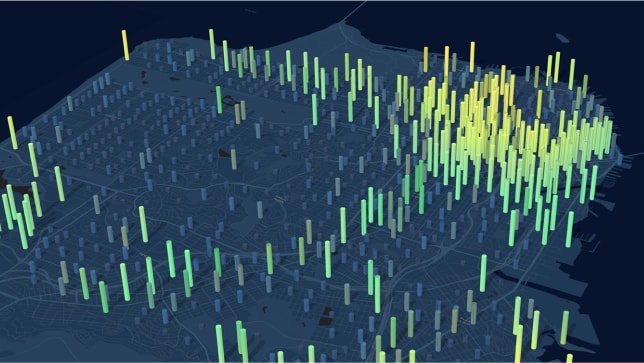
Resilient infrastructure helps communities resist and recover from stresses and supports positive economic, social, and environmental outcomes. GIS allows organizations to plan for the unknown with maps and analysis that help leaders effectively anticipate, absorb, and rapidly recover from a disruptive event. Creating resilient infrastructure dramatically reduces costs in terms of physical, social, and economic loss.
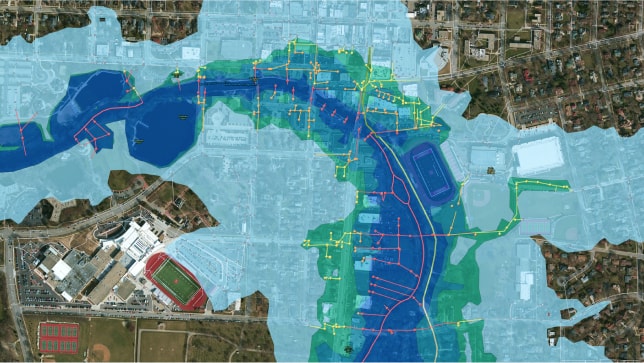
The geography of infrastructure investments
Modern infrastructure management requires holistic thinking on both micro and macro scales. A geographic approach to planning and operations helps leaders understand how infrastructure projects relate to surrounding environments. GIS is the nervous system for modern infrastructure management, connecting systems, workforces, organizations, and communities. ArcGIS is the cornerstone by which organizations modernize their networks and improve resiliency in a sustainable and equitable way.

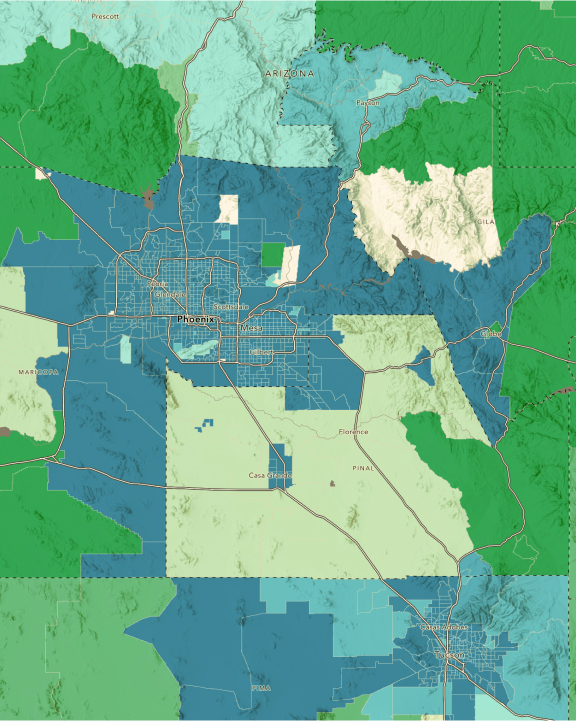
Building a better world
Infrastructure management is the planning, delivery, and operation of assets, networks, projects, and IT across organizations to deliver a modern, sustainable, resilient, and equitable future. Organizations use GIS for infrastructure management to model, connect, and enable relationships of the built, social, and natural worlds with advanced visualizations and analytics across the entire infrastructure life cycle.

